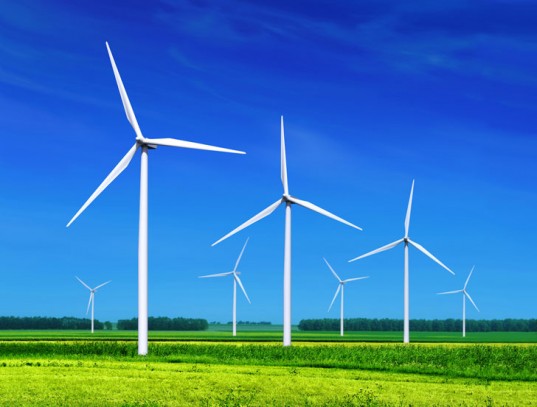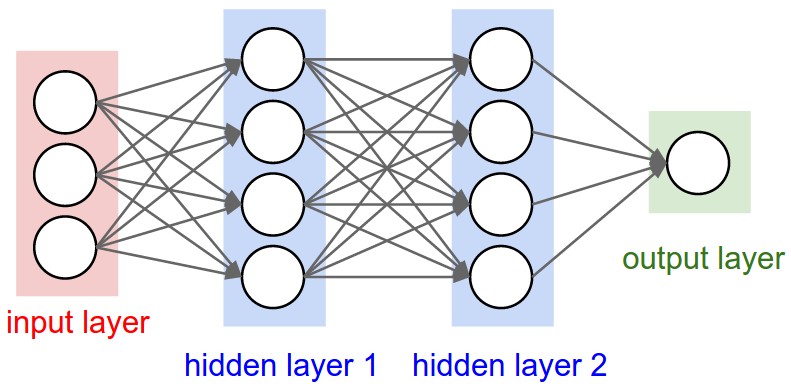Imagine a future where billions shiver in darkness due to the scarcity and expense of fossil fuels. This dark dystopia could become reality without renewable energy.
Problem: We are embroiled in an energy crisis, and the clock is ticking for us to find a renewable alternative to fossil fuels. Fossil fuels are finite, and the combustion of fossil fuels creates pollution. Air pollution kills 7 million people per year -- 1 in 8 of total global deaths, according to the WHO.
While wind power is a feasible alternative, inaccurate predictions of turbine power output hinder the growth of wind power.
Inaccurate predictions force utility companies to schedule backup power
plants to account for wind intermittency. This can waste energy. Inaccurate predictions can cause utility companies to waste money because backup plants are expensive to maintain.
My Innovation: To
address this problem, I used machine learning to create HAWC: Hybrid
Algorithms for Wind-power Computation. Machine learning is a type of
artificial intelligence that allows computers to learn from existing
datasets and predict outcomes for new datasets.

How HAWC Works: I divided my project into three steps: (1) testing the most basic machine learning algorithms; (2) coding the algorithms most widely used in the field, and (3) improving the existing algorithms. Each algorithm I tested predicts wind turbine power output given a dataset of wind speed from the NREL.
First,
I coded linear regression and polynomial regression. Linear regression
uses a linear function to make a prediction, generating a straight line
that fits the data. Polynomial regression, similar to linear regression,
generates a function that fits the data. However, it uses a polynomial
function to create a curved line. This can be more effective on
unpredictable data sets such as those of wind speed.
While
these algorithms are accurate, they may have lower percent accuracy on
extreme data values. Therefore, most scientists use 2-layer neural
networks to predict turbine power output. Neural network algorithms
imitate the decision-making process of the brain by using an iterative
predicting procedure. Similar to neurons in the brain, neural network
algorithms are organized into interconnected ‘layers’ that function
together to make a prediction. A neural network often consists of an
input layer, at least one hidden layer, and an output layer, where data
enters through the input layer, is processed in the hidden layers, and
is expressed in the output layer.
Although
the 2-layer neural network is one of the most accurate algorithms, I
thought I could do better. I coded a 3-layer neural network which has
not previously been applied to the field.The 3-layer neural network was
the most accurate with 97.65 percent accuracy!
How HAWC Can Help Solve The Energy Crisis:
My innovation will help reduce the need for wasteful backup plants, saving utility companies energy and money.
By reducing waste, my project can give utility companies a stronger
incentive to use wind power. This can enable the growth of wind power.
By enabling the growth of wind power, my innovation can decrease the
demand for fossil fuels, reduce pollution, and save lives.




No comments:
Post a Comment